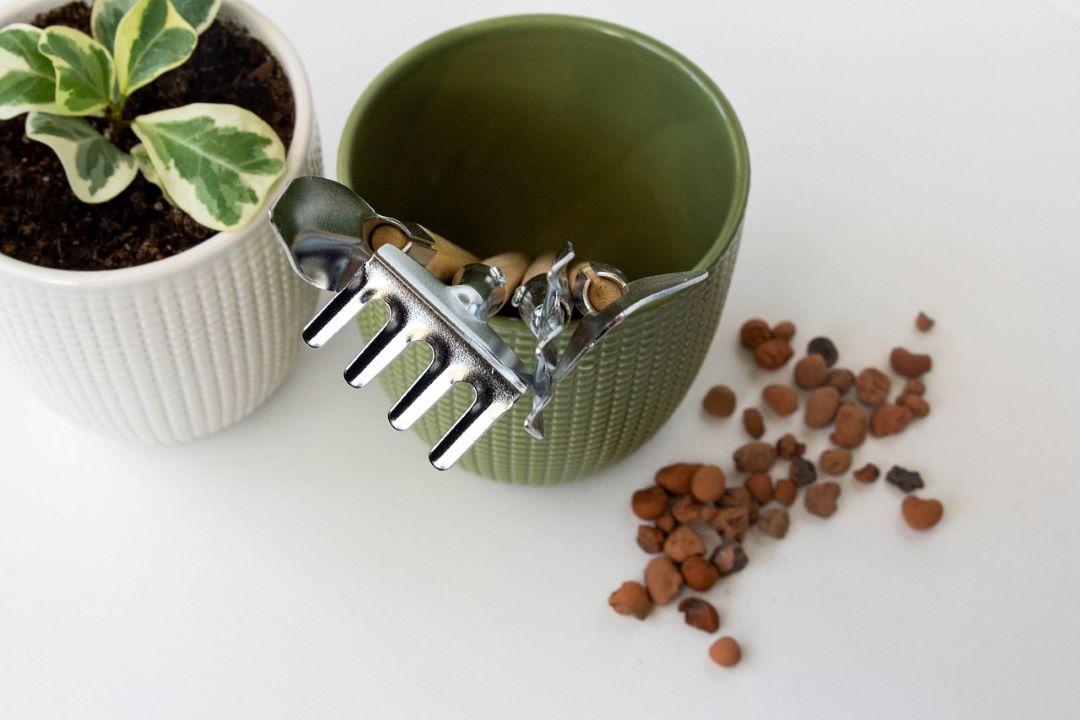Tips for Indoor Gardening Avoiding the Winter Blues
As the chilly winds of winter sweep across the landscape, many gardeners reluctantly bid adieu to their outdoor gardening endeavours. However, the arrival of winter doesn’t mean you have to give up on your gardening passion. Indoor gardening offers a wonderful opportunity to nurture your green thumb and enjoy the beauty of nature even when snow blankets the ground outside. In this guide, we’ll explore the joys of indoor winter gardening, offering tips and tricks to help your plants flourish during the colder months. We have also created The Ultimate Guide to Indoor Gardening: Tips and Tricks for a Thriving Indoor Gardens to help you turn your indoor garden into a lush green oasis.
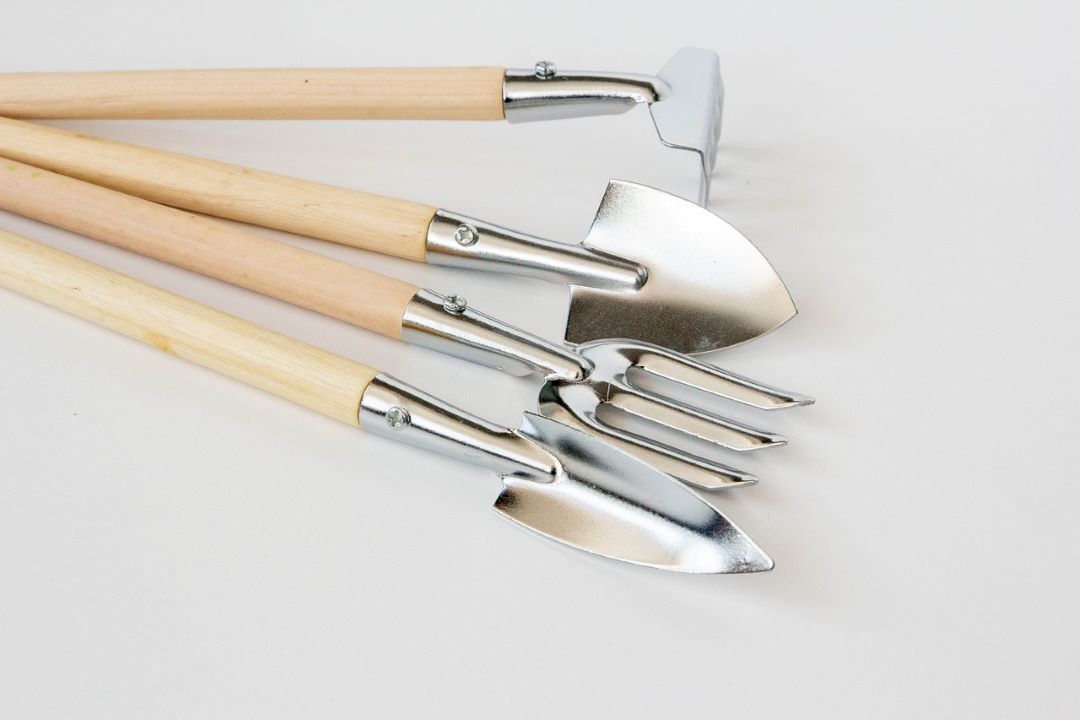
10 Indoor Winter Gardening Tips
1. Selecting the Right Plants
Not all plants are suited for indoor gardening, especially during the winter months. Opt for plants that thrive in lower light conditions and can tolerate the dry indoor air. Herbs like rosemary, thyme, and mint also do well indoors. To avoid the winter blues also consider plants like succulents, cacti, spider plants, peace lilies, and pothos to ad some winter colour in your home. Also read our blog on Growing Plants Indoors this Winter and Perfect Winter Hanging Baskets RHS also wrote an indepth article Beautiful winter houseplants and how to care for them that we highly recomend you read
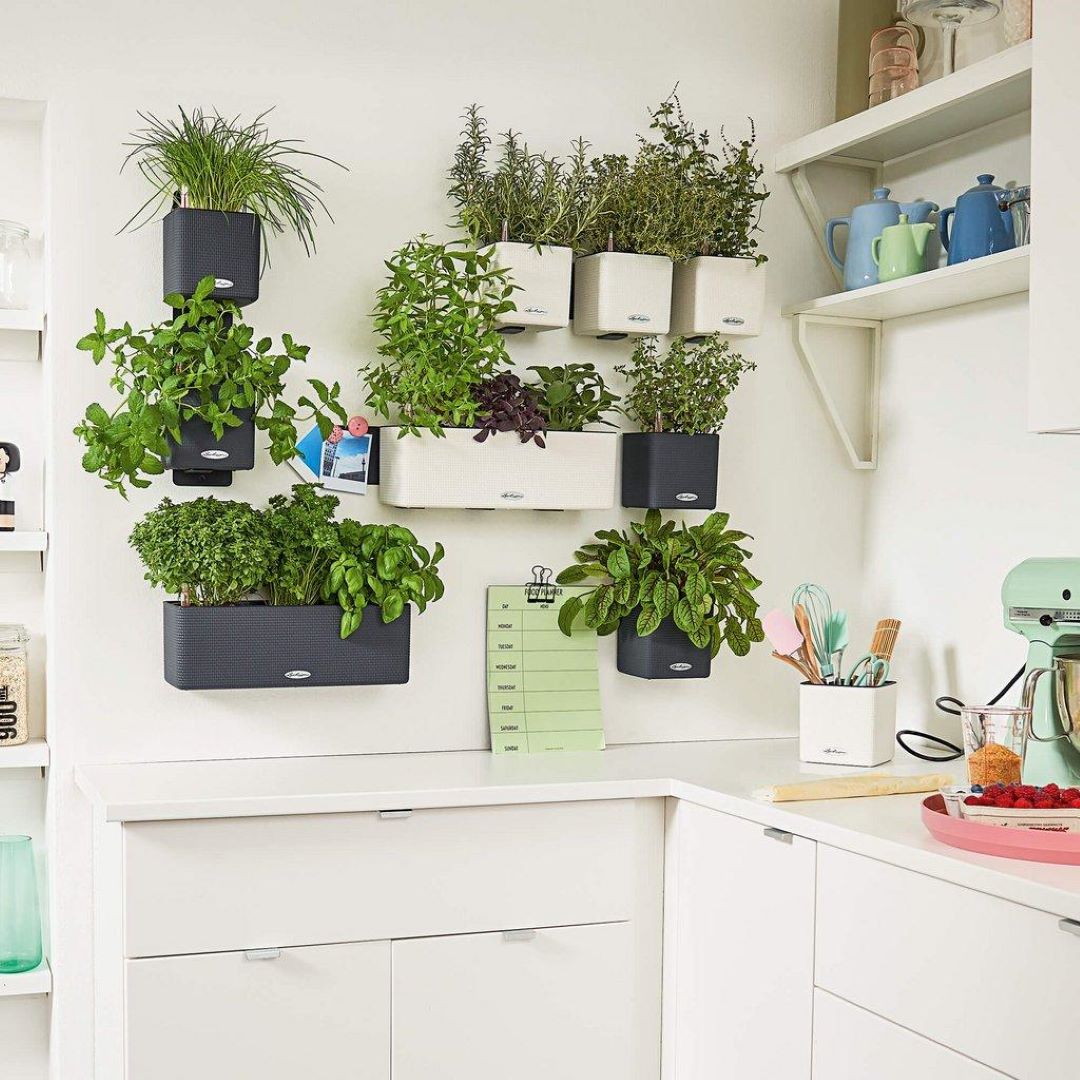
2. Choosing the Ideal Location:
Find a cozy spot in your home that receives adequate indirect light. South or west-facing windows are often best, but if those are limited, you can supplement with artificial grow lights to ensure your plants get the light they need. LED Grow Lights For Plants also read our blog Indoor Grow Lights – Why Use Them
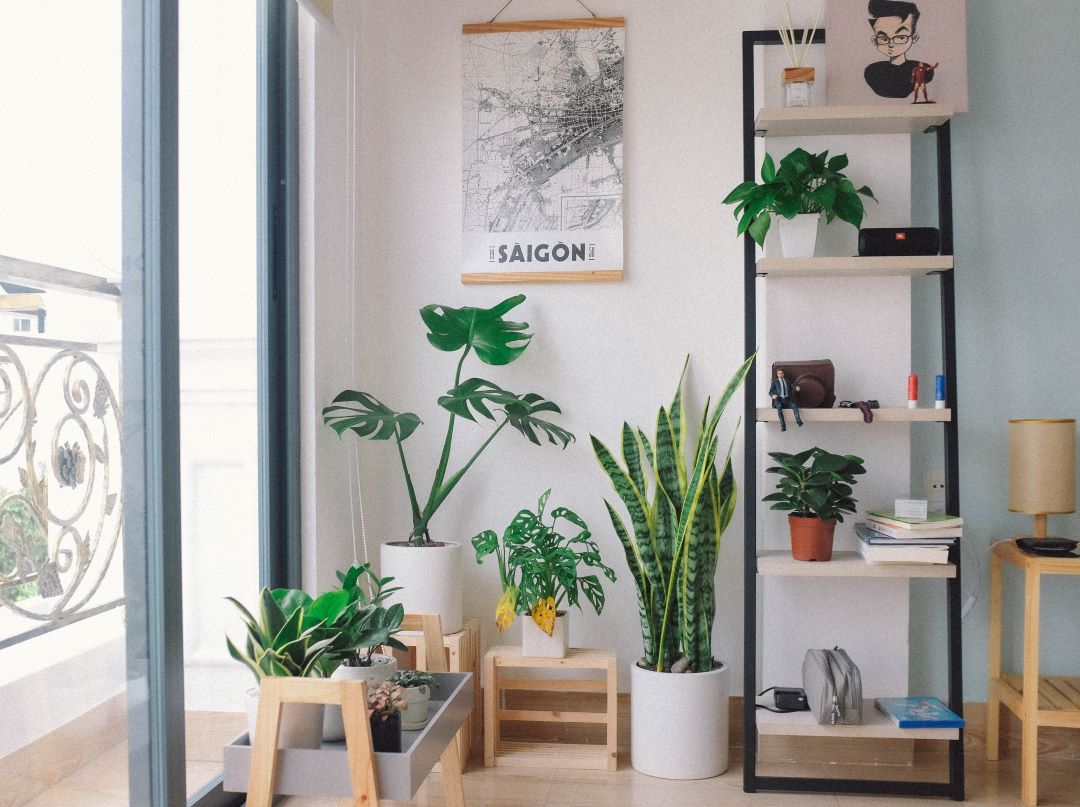
3. Providing Proper Watering
During winter, indoor air tends to be drier, which can impact your plants’ water requirements. Be attentive to the moisture levels in the soil and adjust your watering schedule accordingly. Always check the top inch of soil before watering to avoid over-watering. Self-watering planters are a great way to ensure that your plants stay hydrated and also avoid over watering , especialy during winter.
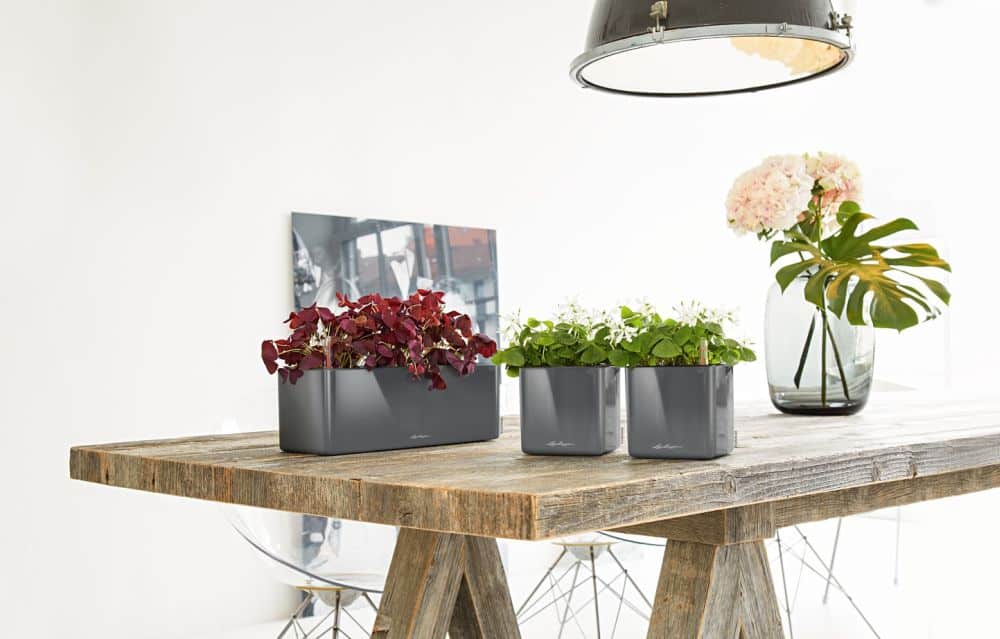
4. Humidity Matters
Many indoor plants thrive in humid conditions. To counteract the dry air of winter, consider using a humidifier or placing a tray of water near your plants. Grouping plants together can also create a microclimate of increased humidity around them.
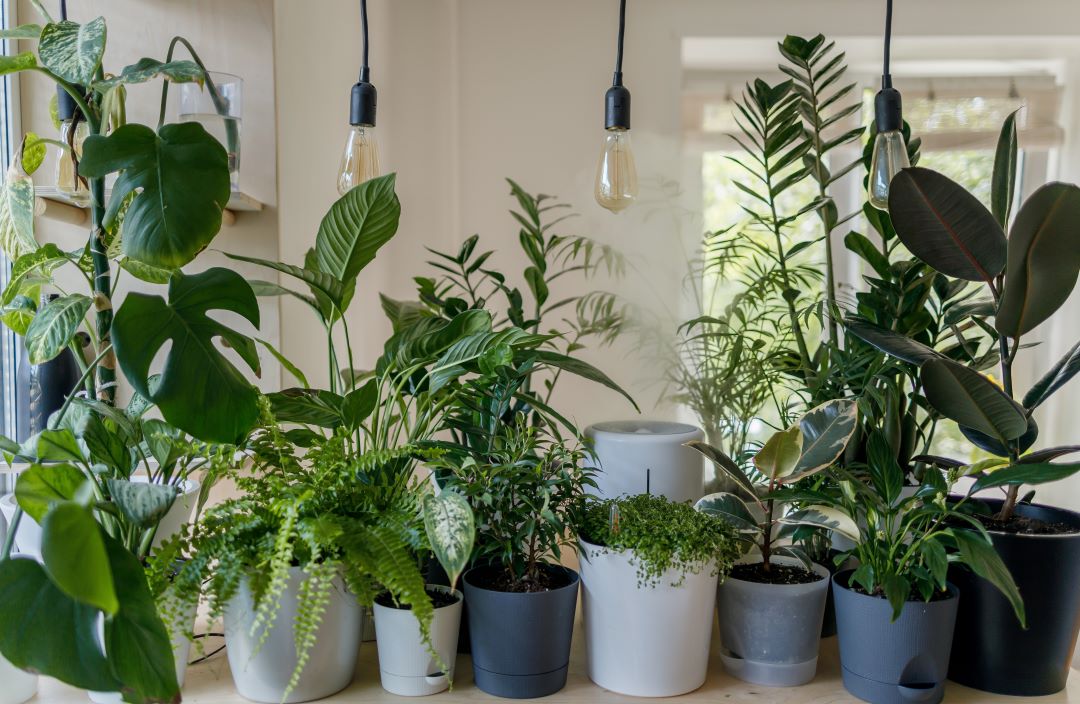
5. Potting and Soil
Choose pots with drainage holes to prevent waterlogged soil. Opt for a well-draining potting mix appropriate for the type of plants you’re growing. Repot your plants if they’ve outgrown their containers to provide ample space for their roots to grow. Best UK House Plant Soil – Growing Mediums and Hydroponic Kits.
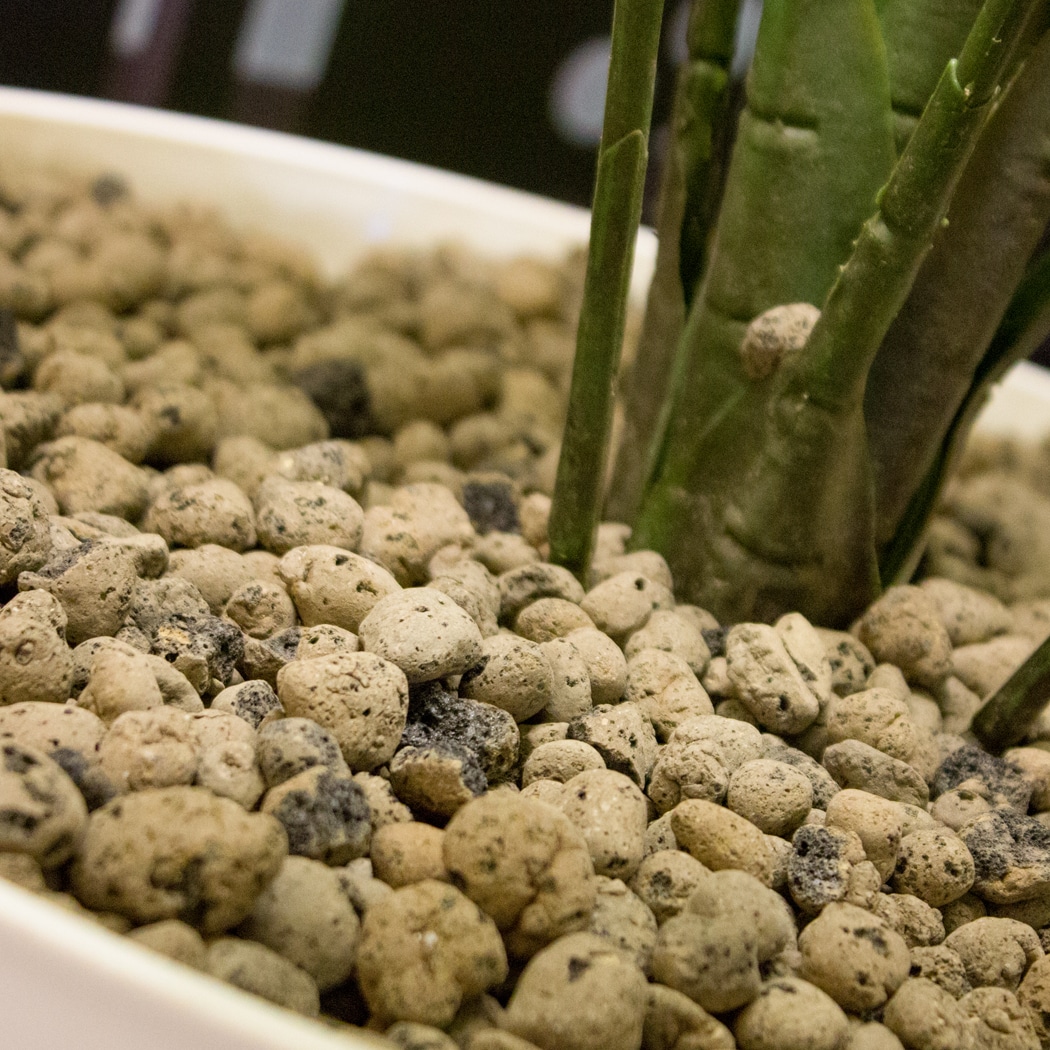
6. Fertilizing
Indoor plants tend to grow more slowly during winter, so adjust your fertilizing routine accordingly. Use a diluted, balanced liquid fertilizer about once a month to provide essential nutrients without overwhelming the plants.Indoor composting solutions like Bokashi composting or vermicomposting is also a great way to feed your plants over winter

8. Pest Prevention
Indoor plants can still fall victim to pests, even during winter. Keep a close eye on your plants for signs of pests like spider mites, aphids, or mealybugs. Regularly inspect both the plant and the soil to catch any issues early.

7. Composting Indoors
Investing in a Worm farmor a Bokashi composter is a brilliant choice for indoor gardening, especially during winter. These solutions offer a convenient and efficient way to transform food waste into nutrient-rich compost, enhancing soil quality and serving as natural fertilizer – all within the comfort of your home. Say goodbye to unpleasant odours and unsightly compost piles, while also saving a significant amount of money on store-bought plant feed. Additionally, you’ll have the opportunity to stockpile a valuable supply of worm tea for the summer months. Read our blogs: Bokashi Composting: The Complete Guide and From Scraps to Gold: The Top 12 Advantages of Having Your Own Urbalive Wormery
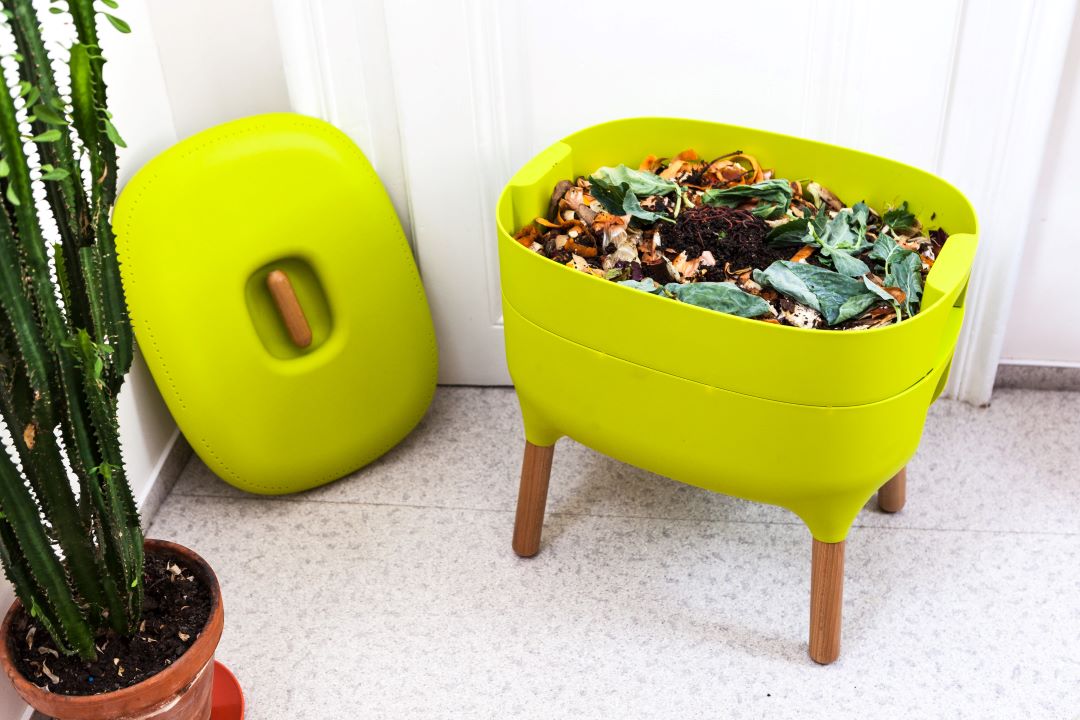
9. Pruning and Maintenance
Prune your plants as needed to remove dead or yellowing leaves. This not only keeps them looking tidy but also promotes healthy growth. Also, dust the leaves occasionally to ensure they can efficiently photosynthesize.
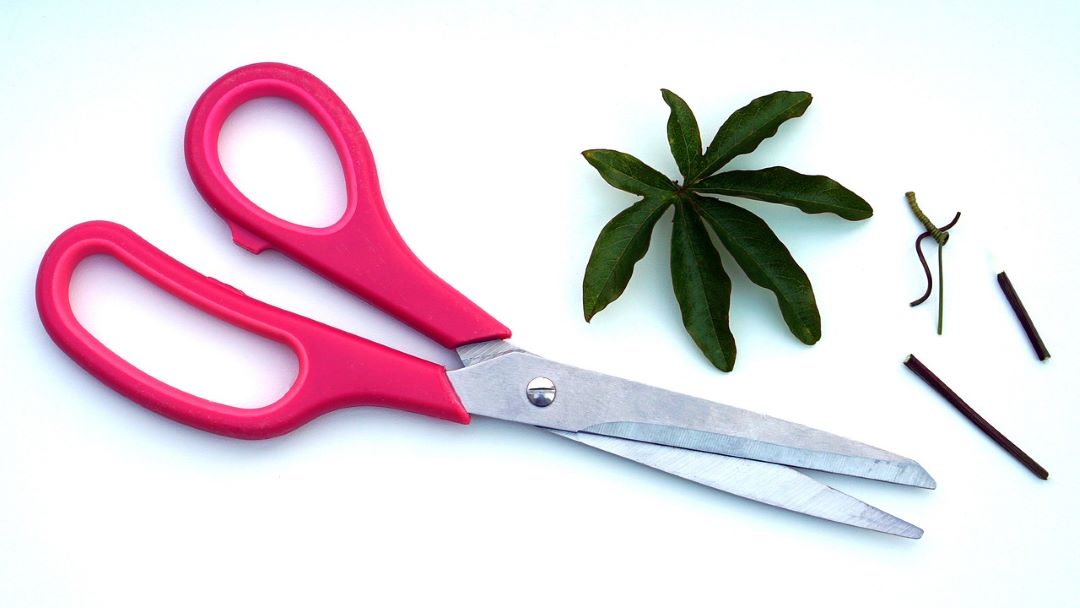
10.Plan Ahead for Warmer Weather
As the frosty weather recedes and late winter settles in, it’s the perfect time to start envisioning the year ahead, with thoughts of spring, summer, and warmer days. Consider beginning the process of indoor seed planting and plant propagation, creating a thriving environment with ample lighting and optimal conditions. With new growth emerging just before spring arrives, you’ll be rewarded with an abundant harvest of beautiful flowers for your flower beds, as well as bountiful fruits and vegetables once warmer days grace us. So, why not get a head start and embrace the early stages of growth?
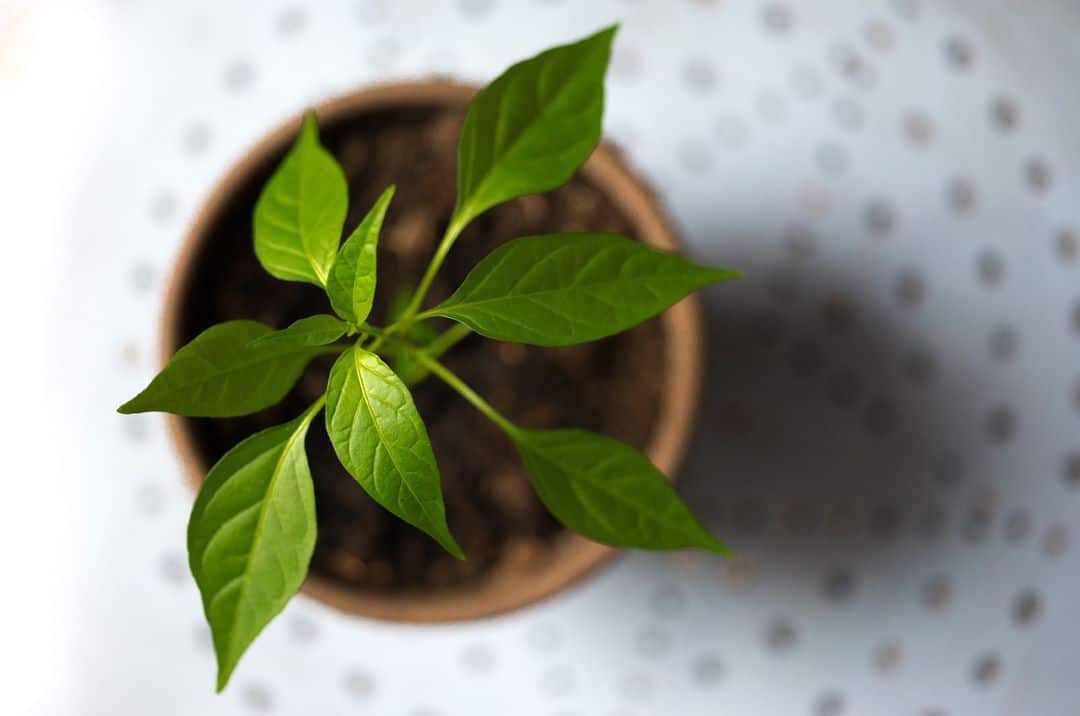
Conclusion
Indoor gardening during the winter can be a rewarding experience that keeps your connection with nature alive all year round. With the right plants, proper care, and a little extra attention, your indoor garden can flourish even when the outdoor world is covered in frost. So, embrace the beauty of indoor gardening and let your home be a haven of greenery, warmth, and life throughout the colder months.

